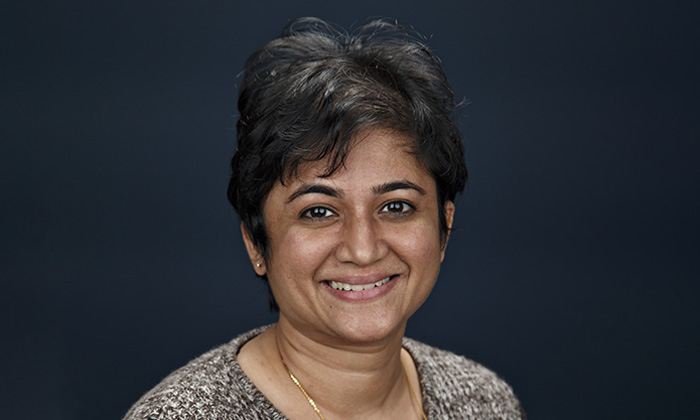“America is the most expensive country in the world to fall sick in.”
That is how Dr. Uma Kelekar begins her paper, “An Unexpected Strategy for Reducing Health Care Costs.” It is an unfortunate truth within the nation’s health care system, and one that Americans across the country know all too well.
Dr. Kelekar, Associate Professor of Health Care Management at Marymount University, was awarded a grant in 2015 from the Dental Trade Alliance to review scholarly work concerning the link between oral health and overall health, as well as health care spending. She found that when oral health deteriorates, one’s medical health also worsens and leads to increasing costs to manage.
But Dr. Kelekar reasons that by improving dental care, billions of dollars can be saved in the health care system and for patients themselves. Dr. Kelekar’s findings have been presented on Capitol Hill in an effort to educate the nation’s legislators about the importance of dental care as an integral component of general health. Her work continues as she dives deeper into the nation’s dental care structure for adolescents, and its role in the opioid epidemic.

Examining a national dataset on dental care among adults, Dr. Kelekar’s published article in The Journal of the American Dental Association estimates that more than two million dental-related emergency department (ED) visits in 2014 cost patients about $1,000. This cost is staggering when compared to the $200 cost of regular dental care visits.
The results of this article sparked interest in examining trends of emergency department visits among children and adolescents.
“We were interested in reporting how children and adolescents utilized ED for dental care,” Dr. Kelekar explained. “One key finding was that late adolescents (18-21 years) accounted for over 50 percent of dental visits, as opposed to 20 percent of all other types of visits in the ED.”
Dr. Kelekar believes the high rate of ED visits among late adolescents is due to differences in state policy on Medicaid and the Children’s Health Insurance Program, known as CHIP. Her research has stressed the need for change to aid patients of all ages.
“Many of these late adolescents lost their Medicaid coverage at the age of 19 and remained uninsured,” she adds. “By highlighting the volume of ED dental visits among adults, and children with Medicaid or those uninsured, our findings emphasize the need for expanding access and setting up alternative dental care sites in the community, or recommendations for higher Medicaid reimbursement for dental services so that dentists are more willing to accept Medicaid patients.”
More recently, Dr. Kelekar has focused her research on the opioid epidemic and the increasing prescriptions of opioids that has led to misuse and addiction. According to the U.S. Department of Health and Human Service’s National Survey on Drug Use and Health published in 2020, 10.1 million people reported misusing prescription opioids within the past year.
In her research, Dr. Kelekar examined data from the National Hospital Ambulatory Medical Care Survey, which provides information on prescriptions provided in the hospital setting.
“We not only found a disproportionate volume of dental visits to receive opioid prescriptions, about 50 percent, but also found an association of opioid prescription with age and ethnicity,” Dr. Kelekar said. “While those above 45 years were more likely to receive an opioid prescription than other age groups, non-Hispanic Blacks were less likely to receive an opioid prescription compared to other non-Hispanic Whites.”
The results of Dr. Kelekar’s studies have brought to light key insights as well as socioeconomic and geographic disparities within the health care system that are shared with policymakers, clinicians and other partners committed to improving the oral health infrastructure in the country.
She also brings her findings and research methods into the classroom at Marymount, teaching graduate-level courses in health care reimbursement, health economics, data analysis and epidemiology.
“I’ve loved my time at Marymount because I can pursue research along with teaching the courses that are also tied to my research area.”





